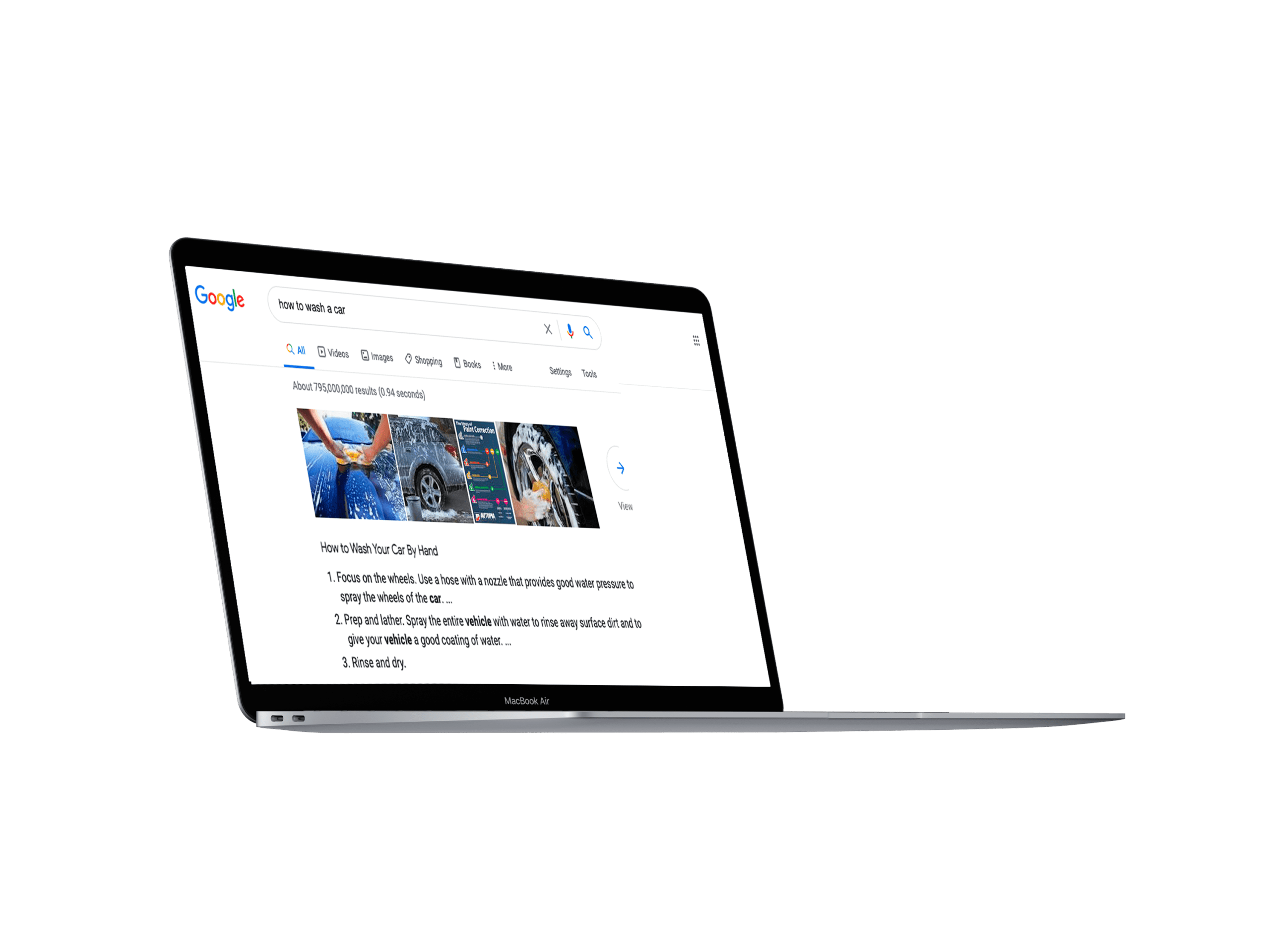Google handles nothing short of 40,000 search queries every second on average. Every day, 15% of the queries processed are ones that have never been seen before. Building search algorithms that serve the most useful results is, according to Google, a complex challenge that requires ongoing testing. The outcome of this rigorous testing, the presentation of information (search results) in many different formats, can leave marketers frustrated about what to optimise online content towards. While Darwinism is not a solution, it does provide clarification.
Darwinism in search
Every SERP is a product that Google is selling to their users, paid for by advertising. Users will stop using the search engine if they don’t find what they are looking for. Therefore, it makes sense that the search engine is keen to deliver the most relevant results, faster and in formats that will help users the most. With some 3,234 improvements to Google Search in 2018, staying up-to-date seems a daunting task.
Charles Darwin’s theory of evolution suggests that organisms with the strongest and most desirable characteristics are best able to survive and reproduce. In a search context, this translates into: ‘Organisms (search results) with the strongest and most desirable characteristics (that present information in a way that gives users exactly what they want) are best able to survive and reproduce (will earn a place on the search engine results page (SERP) when the format matches the search intent).’
Search results take many forms
Seeing 10 plain blue links on a SERP is somewhat of a rare thing these days, though these blue links remain the backbone of organic search listings. They are the baseline to which any rich element is benchmarked. To take the place of a blue link, a rich element has to better present information in a way that gives the user exactly what they want. The probability of a rich element being shown is likely calculated by segmenting historical data.
With a basic understanding of how Google’s SERP evolves, you can start to scratch the surface of what search result types that are most frequently repeated. Some result types can be coded for by your website, while others are generated automatically by Google. To make it easier for you to utilize the different result types to obtain increased visibility in organic searches, we have divided the different organic search results into three groups: rich snippets; rich results; and SERP features.
Rich snippets
Rich snippets are plain blue links with additional information displayed. The additional information can be a review or rating from a review website, an FAQ, or detailed product information, including images. Snippets like these are created from structured data (like Schema) and makes the snippet more eye-catching. The additional information may be shown when you add structured data to your site, but no guarantees are given as search history, location and device type are taken into consideration when displaying results for different users. Websites eligible for the same features are also added to the equation.
Rich results
Rich results are versatile in their outlook. Though originated in structured data, these are more visually-enhanced than their rich snippet relatives. These results usually influence an immersive experience or other advanced interaction features. Some organic search types supporting an enriched search experience are job postings, courses and events.

SERP features
SERP features go further beyond the plain blue link. ‘Knowledge panels’, ‘featured snippets’ and ‘people also ask’ are all examples of SERP features that are available to secure. The great thing about these is that they usually take up more space than rich results and are likely to appear at the top of SERPs, above paid advertisements. At DEPT®, we help our clients in obtaining these features for exactly these reasons.

Now what?
As initially stated, Darwinism is not a solution, but it may provide clarification. Knowing what search result types are frequently repeated, the next step is to understand in what context these appear and plan accordingly.
When the intent behind a search is clear, Google is more likely to show an unambiguous SERP containing richer and more focused results. Contrary, when search intent is less clear, Google is more likely to show an ambiguous SERP containing results covering a broader range of intents. This is also why brand searches return company websites, while generic searches return a more diverse mix of results. To stick with Darwin’s theory, we see SERPs shaping themselves in response to the environment.
One example is related to COVID-19. A DEPT® client here in Denmark offers self storage facilities. Needless to say, storage is an important topic for this client to have visibility on. When COVID-19 started to spread in the spring of 2020, we noticed a change in the SERPs on this topic. At the top of the SERPs were websites meeting search intent for users looking for self storage facilities, but within a few months, the SERPs became more diverse and now to a higher degree also feature websites offering home storage furniture. Though the SERPs on the storage topic still consist of self storage providers, this change in returned results demonstrates how SERPs change to reflect changes in user intent.
Maximising SERP output
In the industry, there is some buzz about pixel tracking. The idea is to complement your rank tracking with pixel tracking. With pixel tracking we look at the distance from the top of the SERP to our organic result to estimate CTR (click through rate). We consider the entire result page (both paid and organic results), take action, and track. The idea is to take into account all aspects of a SERP before you decide how to pursue more visibility. Maybe you have a lower-funnel keyword dominated by advertisements. In this case, it can result in more traffic if you target a spot in the Google Maps Pack compared to the classic top organic position. If there’s a budget, a PPC (pay per click) ad could also be the best solution.
DEPT® has a bottom-up approach when working with organic search. To generate revenue, we focus on increasing the visibility of lower funnel pages, then mid funnel, and lastly upper funnel pages. Through an understanding of search intents, we build topic coverage and target search results in changing formats. You should do the same.
More Insights?
View all InsightsQuestions?
Client Manager





